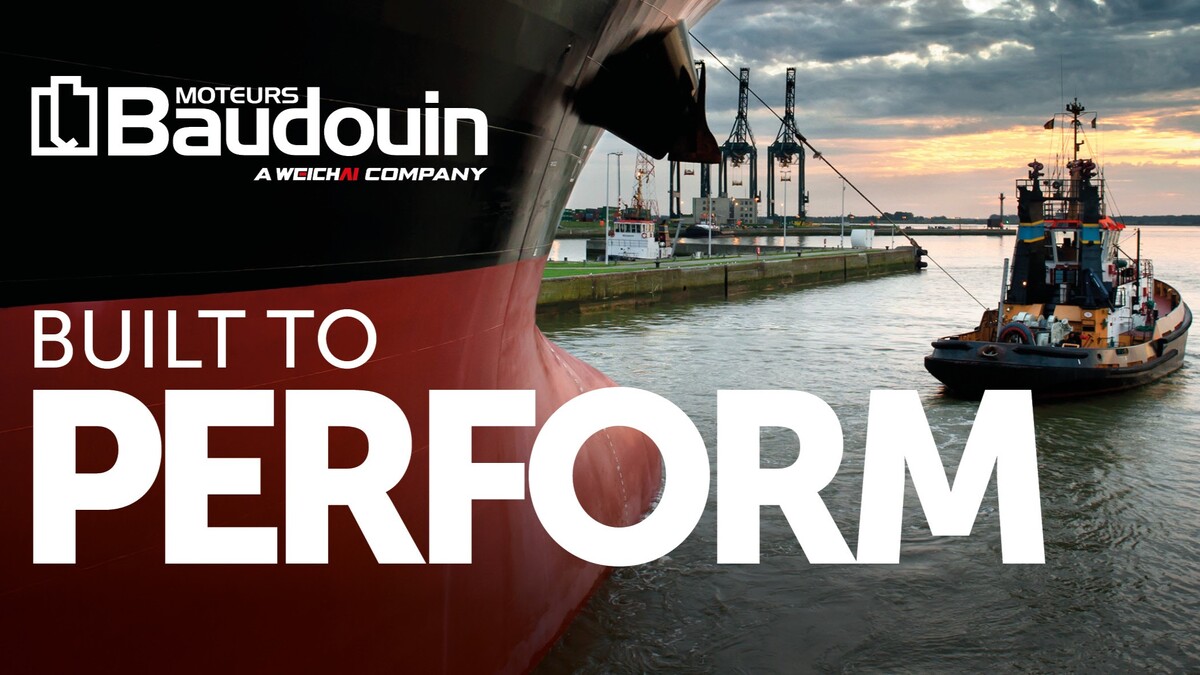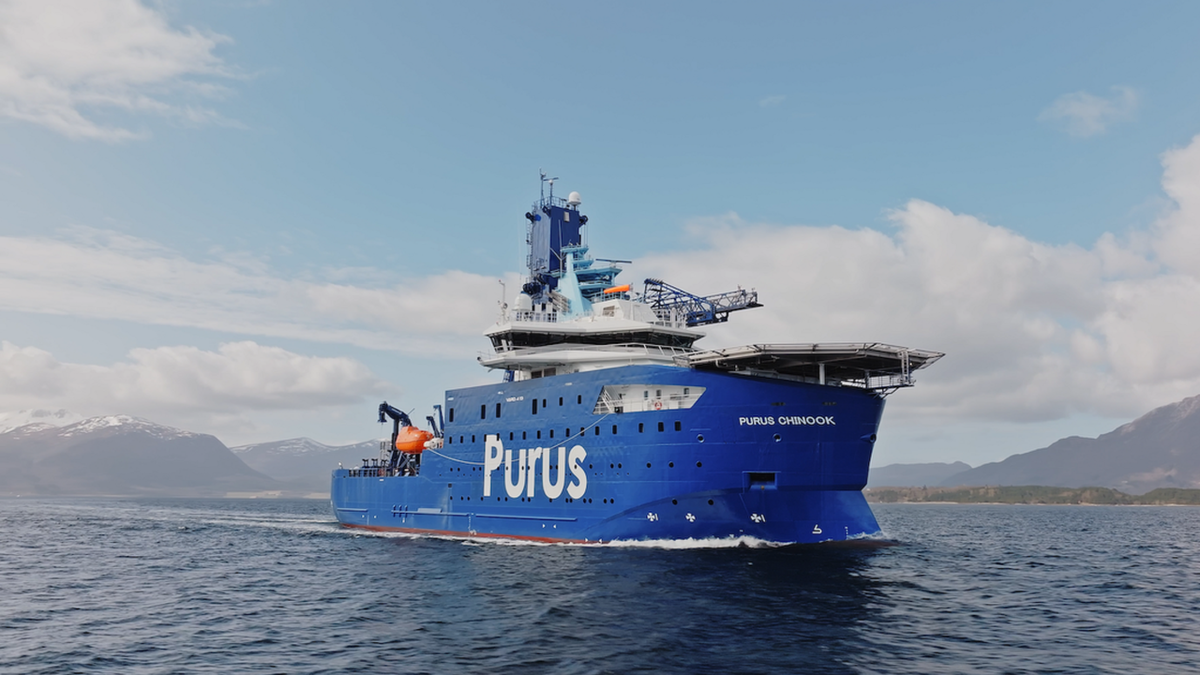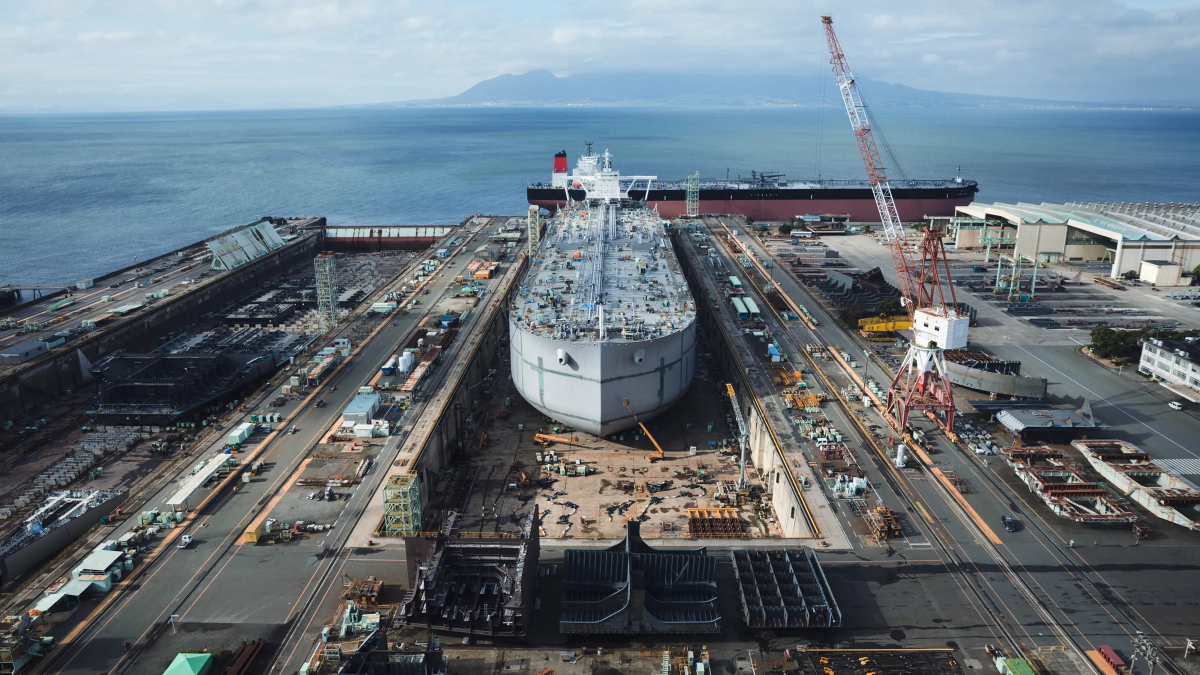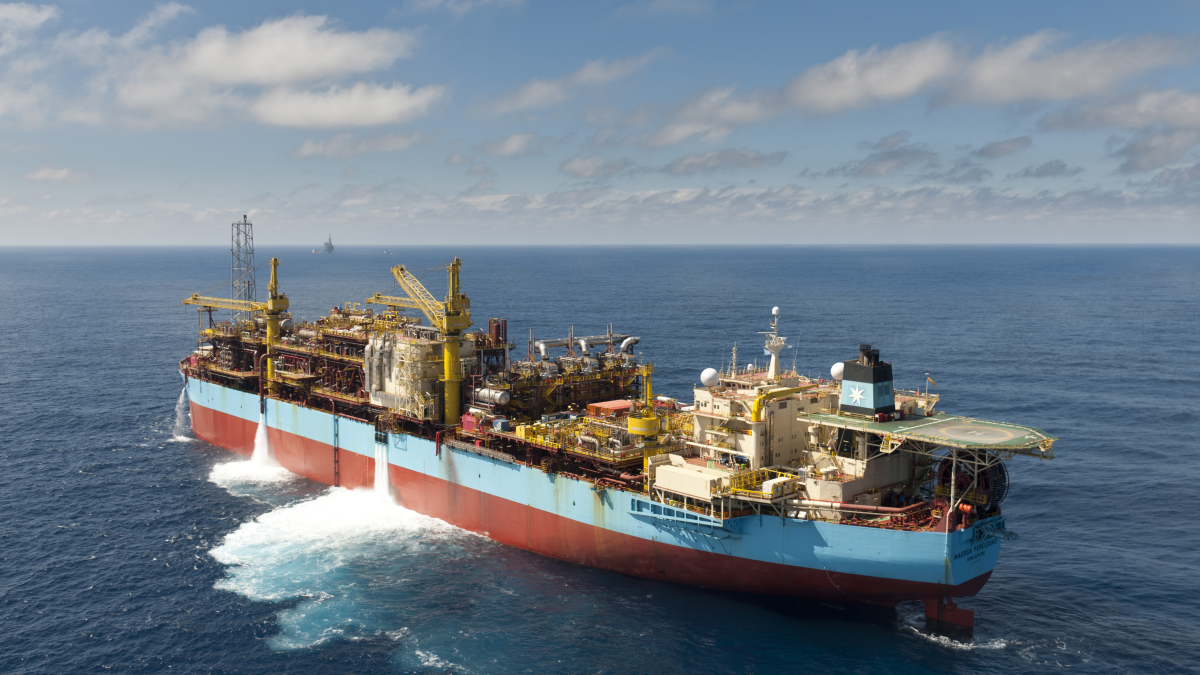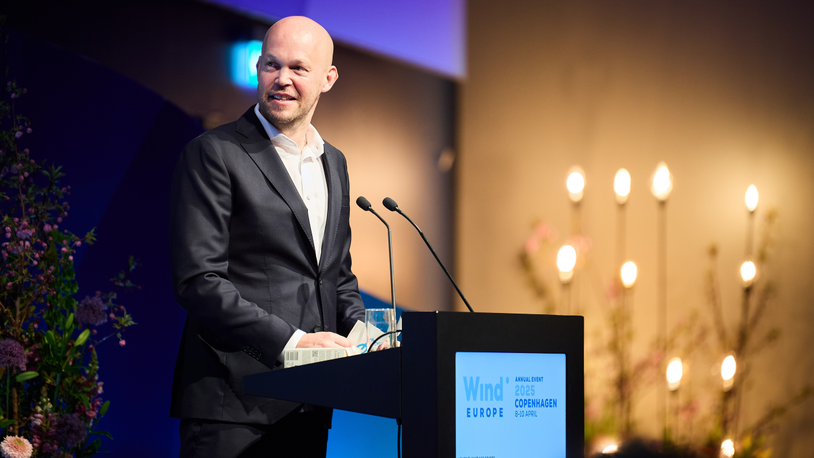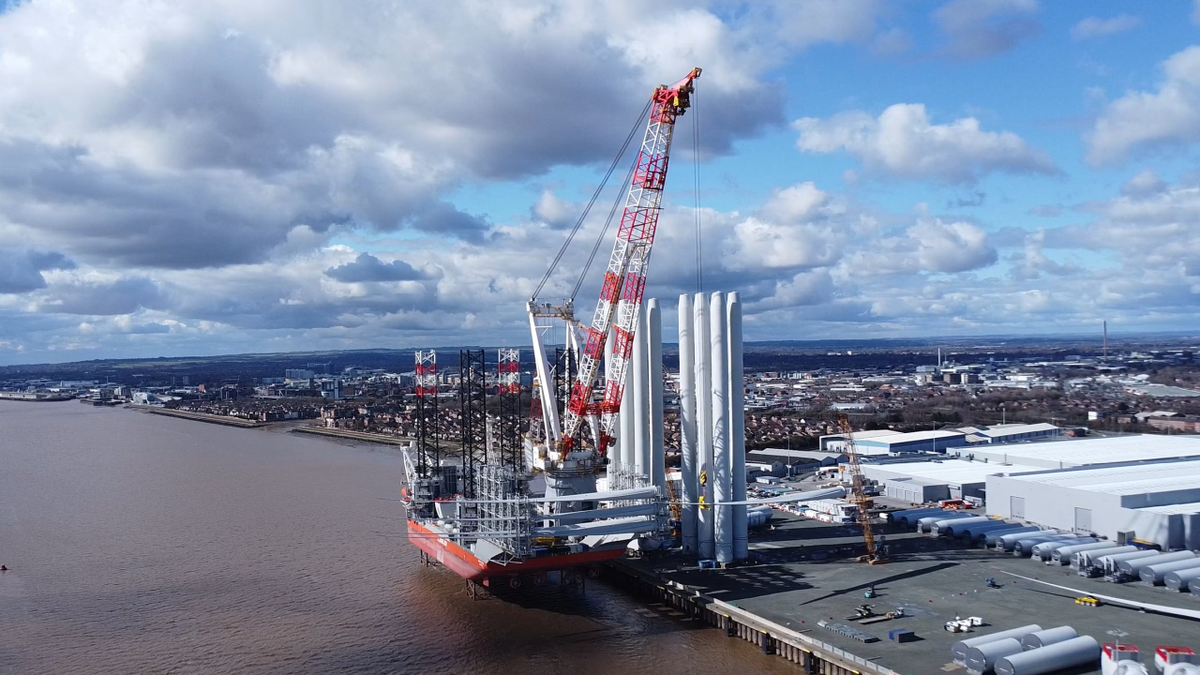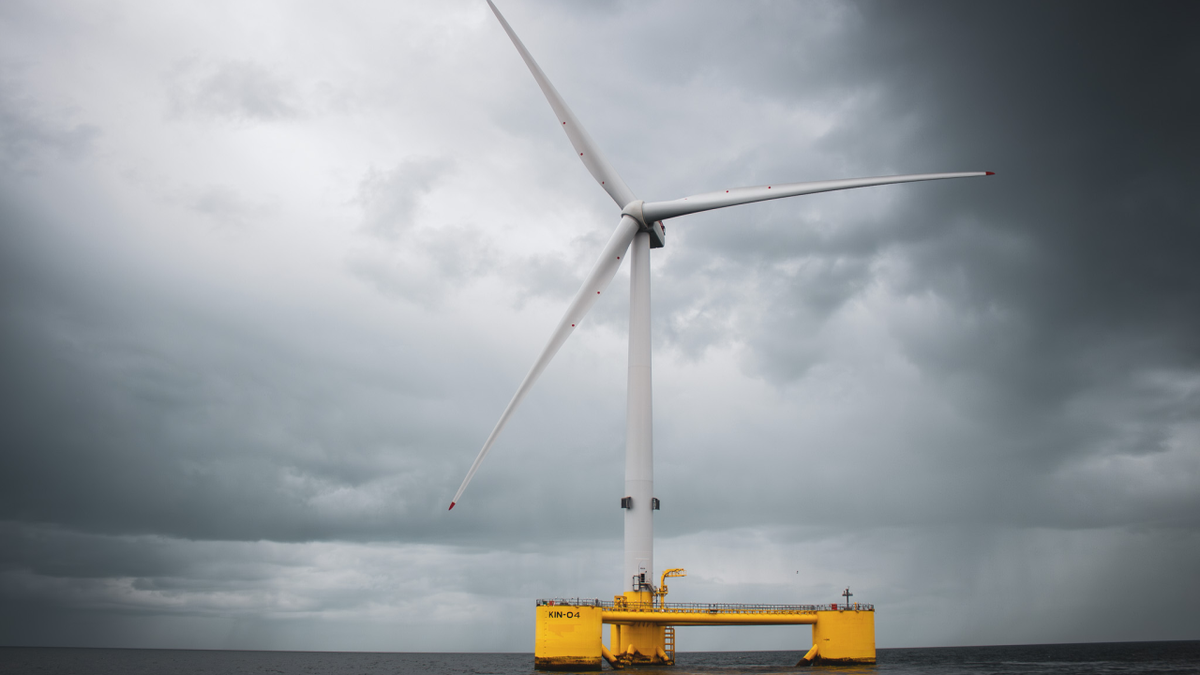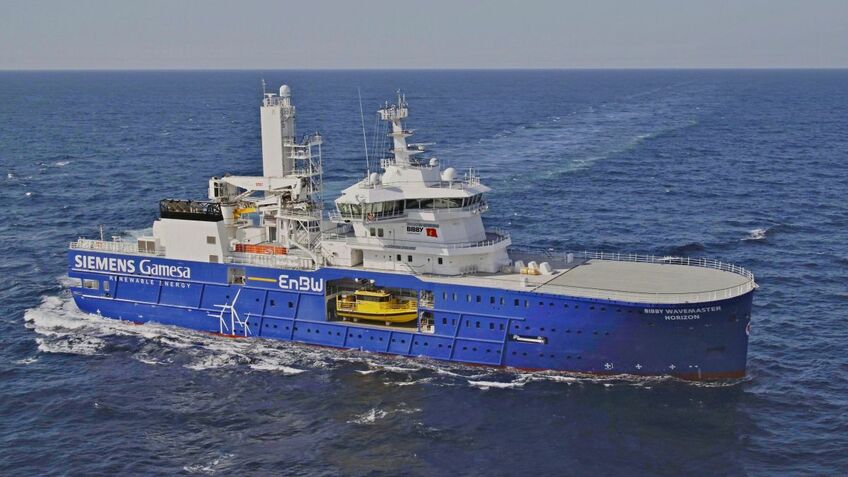Business Sectors
Contents
Size, regional requirements and repair shaping evolution of the cable-lay market
Demand for subsea cables and cable-lay vessels is growing rapidly, driven in large part by the offshore wind energy industry and for interconnectors transmitting renewable energy between countries
These trends are driving investment in new cable-lay vessels, and well-known players in Europe – many also manufacturers of subsea cables – have invested in new vessels, as have companies in Asia, where significant investments are being made, trends that were the focus of Riviera’s September 2025 webinar, New vessels and equipment chart a course for greater cable-lay capacity, in which the panellists included Ulstein International managing director Jose Jorge Garcia Agis; Energy System Design director Gavin Rippe; N-Sea director subsea cables Jack Wattel; and Huisman business line director offshore products Cees van Veluw.
In an overview of the market that set the scene for the webinar, Mr Rippe highlighted recent newbuilds in Europe and went on to describe the fast-evolving market in Asia. In Europe, particularly large cable-lay vessels such as Jan de Nul’s Fleeming Jenkin are being built, a vessel with a cable loading capacity of 28,000 tonnes, making it the largest of its type in the world. Asian newbuilds have yet to reach this size and capacity, said Mr Rippe, but they are increasingly sophisticated.
“Most growth is coming from Europe, but in the APAC region demand is also surging,” said Mr Rippe. “Growing demand in Asia is a result of changes in the energy markets,” he said. “Japan is moving away from nuclear power; Taiwan is moving away from coal; and South Korea is moving away from nuclear and coal. All are moving towards more offshore wind energy.”
“The new Asian cable-lay vessels are largely built on European practice,” said Mr Rippe, highlighting investments in newbuilds in Japan and Korea made by companies such as LS Marine in Busan and Penta Ocean in Tokyo. Although still not as large as some ordered by European companies, these are sophisticated, sizeable newbuilds too, he explained. The vessel for Penta Ocean will have a carousel capacity of 10,000 tonnes, will be compatible with the needs of the floating wind market and will be capable of quad lay, installing inter-array and export cables, and of undertaking cable repair and burial. The newbuild for LS Marine will have a cable carousel capacity of 14,000 tonnes, will also be compatible with the requirements of the floating wind market and like the Japanese vessel, with be capable of quad lay, installation of inter-array cables and export cables, and of cable burial and repair.
But it is not only in Japan and Korea that investment in cable-lay vessels is taking place – in Taiwan, Dong Fang Offshore has ordered a newbuild that can operate as a commissioning service operation vessel and as a cable-lay ship. A somewhat smaller vessel, it will have a cable carousel capacity of 2,500 tonnes and be equipped with a modular cable-lay system that can be transferred to multiple vessels. It will also be capable of laying fibre optic cables.
Mr van Veluw explained that Huisman, which has a lengthy track record of developing flexible lay systems for the offshore oil and gas industry, had applied this experience to the cable-lay market. Working in collaboration with Energy Systems Design, it is Mr van Veluw’s company that will supply the cable lay system for Dong Fang Offshore’s newbuild. With two 15-tonne tensioners and a minimum bending radius of 5 m, the suite of equipment for the Taiwanese vessel will have a 50-tonne A&R winch and will be suitable for cables from 50 mm to 500 mm. It will have an integrated quadrant handling system and will be configured for inter-array and export cables, and for cable repair.
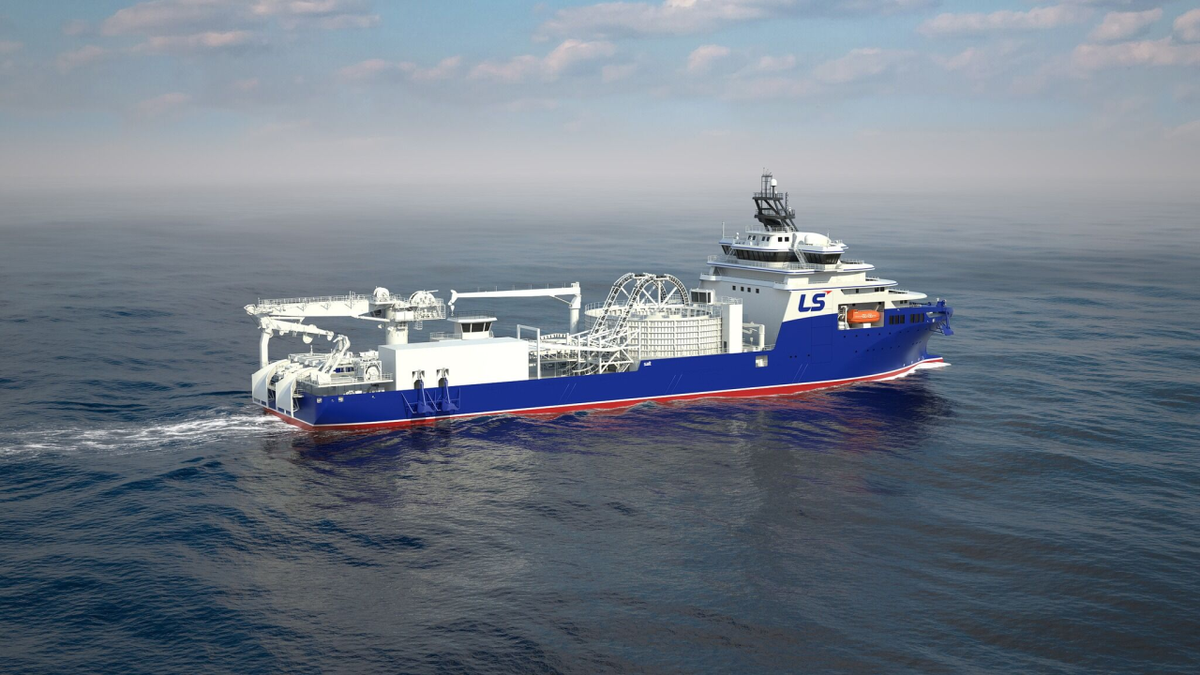
Mr van Veluw and Mr Wattel both highlighted growing demand for vessels and equipment capable of repairing subsea cables. “European subsea cable infrastructure is vulnerable,” said Mr van Veluw. “When it is damaged, it needs to be back online quickly, and how quickly it can be back online is a function of vessel availability.” He said this is driving demand for ‘plug and play’ cable repair systems that are quick to mobilise, that can be deployed on smaller vessels.
Mr Wattel’s company has responded to growing demand for cable repair services – and to growing demand for shallow water cable-lay vessels – by establishing a dedicated subsea cables business line, converting a barge into a dedicated cable repair vessel, Curio. This DP2, eight-point mooring, shallow draft vessel is capable of beaching, has N-Sea designed mission equipment and a unique dual-basket repair carousel. Divers can operate from the vessel, and controlled flow excavation is also an option. Curio will soon be complemented by Altera, a newbuild, with DP2 and six-point mooring. Like Curio, Altera will be a shallow draft unit that can beach, if required. It will also be methanol ready, with mission equipment design inhouse by N-Sea and a 4,500-tonne basket carousel.
Mr Agis agreed that demand for cable-lay vessels is growing rapidly. “This is because of the growing number of offshore windfarms and the growing number of wind turbines,” he said. “The market is running short of cable-lay vessels. The size of offshore wind projects is pushing the envelope of vessel design and construction. At the same time, demand for related assets such as repair and trenching vessels is growing.” As a designer and builder of cable-lay vessels, he said, the key considerations in addition to increased capacity are capability and flexibility and, increasingly, the adoption of environmentally friendly technology and green fuels. This is true for dedicated inter-array cable-layers and larger units designed to install export cables, Mr Agis said.
Summarising the market as they see it, panellists agreed that in addition to more vessels and larger vessels, owners also want more flexible vessels. “There is a clear need for vessels capable of installing and repairing cables,” said Mr van Veluw. “It is also clear that the industry is looking for greater versatility.” Mr Wattel said the market is still growing quickly. He noted the growing number of larger, deepwater vessels on order, but also highlighted a dearth of vessels capable of shallow water work. “It is the energy transition that is driving this market,” Mr Rippe concluded. “Opportunities are upon us.” He noted that political opposition had put the US market on hold but said he expects it to return. “The cable-lay market has a bright future,” Mr Agis concluded.
Related to this Story
Events
International Bulk Shipping Conference 2025
Tankers 2030 Conference
Maritime Navigation Innovation Webinar Week
© 2024 Riviera Maritime Media Ltd.

